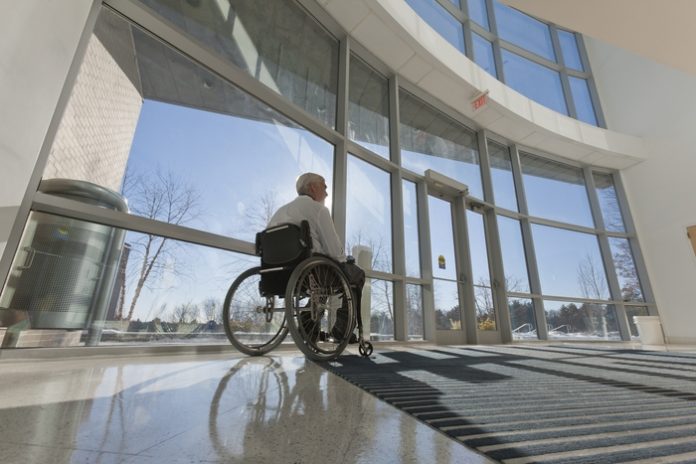With recent changes making it compulsory for many commercial buildings to design changing places toilets for severely disabled people, Bureau Veritas has welcomed the move as “another positive step” for accessibility and inclusivity.
From 21st January 2021, changing places facilities should be provided in a wide range of assembly type non-domestic buildings, applicable to new build and change of use projects according to a recent update to Part M of the building regulations. This includes current projects if they do not commence on site before 1st March 2021.
A changing places facilities is the term for a large, accessible toilet provision for severely disabled people, which include hoists, changing benches and space for carers. The Government says there are more than 1,400 changing places toilets in the UK, compared with 140 in 2007, but more are needed.
Under the changes, changing places facilities will be mandatory across buildings in multiple sectors including galleries, museums, zoos, hotels, shopping centres or retail parks, sports and leisure buildings, hospitals and primary care centres, universities, cemetery buildings, motorway services and even places of worship. The criteria is based on the venues having capacity of 350 people or more and for retail units a floor area of over 2500 sq m. Meanwhile, sports and leisure facilities will need to be over 5000 sq m and shopping malls over 30,000 sq m.
Andy Lowe, Building Control director at Bureau Veritas, said: “This is, of course, another positive step in the shift towards accessible design and will be fundamental to building a more inclusive society. This latest update to Part M was unusually published on a weekend, perhaps showcasing the Government’s commitment and proactivity in tackling this issue. There is already a £30 million budget to install changing places in existing premises and the changes to Building Regulations were accompanied by an announcement by the Department for Transport and Muscular Dystrophy UK that a further £1.27m has been set aside to install 37 more changing places at service stations across England.
“It will support designers and developers to provide more accessible buildings and spaces, whilst giving those with disabilities better access to the facilities they need. But the key, as ever with updates to Building Regulations, is to fully understand and apply the changes as early as possible.”
According to Bureau Veritas, there are a series of specifications to follow when designing changing places toilets, such as the facility should be at least three metres wide and four metres long, with a ceiling height of 2.4 metres.
Andy adds: “This should be in addition to, not instead of, the provision of standard and accessible toilets, whilst a sign should be provided at the entrance to the Changing Places toilet indicating the location of the nearest unisex accessible toilet and any baby changing facilities. Examples of fittings and accessories are also provided to demonstrate an indicative facility.
“When it comes to achieving compliance on construction projects across the UK, the significance of Part M will only increase further as more focus is placed upon accessibility due to an ageing population and increasing numbers of people with registered disabilities.
“Requirements which can seem simple on paper are often more difficult to achieve, which is why we recommend engaging with a compliance specialist at the beginning of any project. By doing this, the accessibility requirements can be delivered efficiently and with confidence, without the risk of incurring costly design changes later in the project.”



















